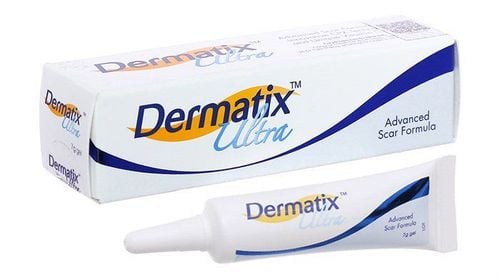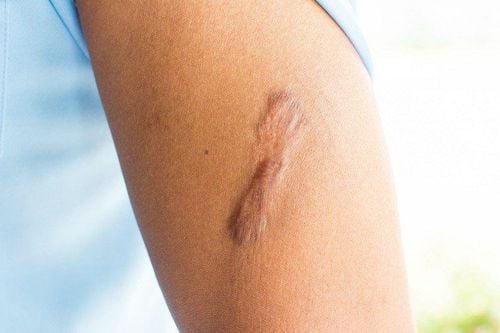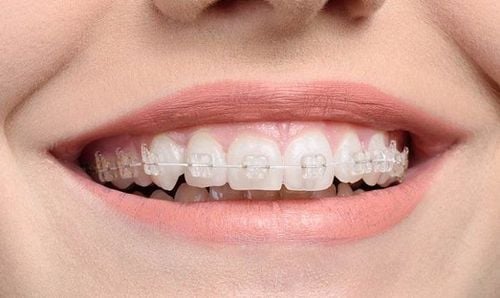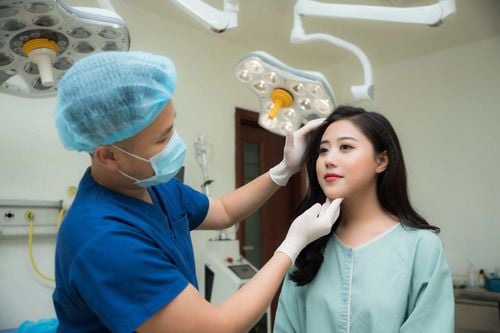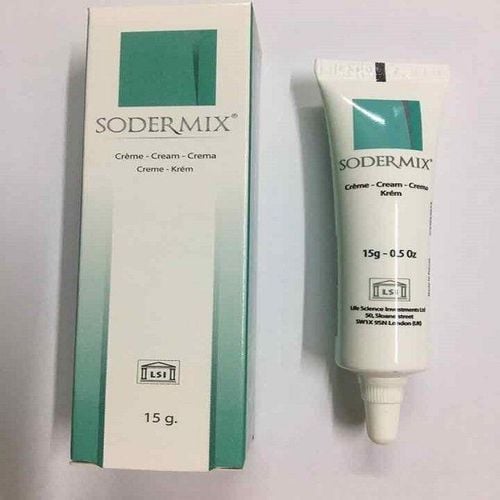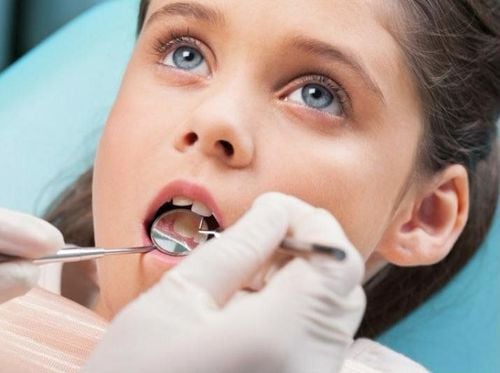This is an automatically translated article.
How to get rid of keloid scars is certainly the concern and question of many people, especially women because they reduce confidence and lose aesthetics.1. Overview of keloids
A keloid is a red-pink mass of skin and muscle tissue, fibrous tissue, and blood vessels that develops from an initial wound that has healed but is larger in size. The scar surface is usually smooth. Compared to the surrounding skin, keloid scars are firmer and have an asymmetrical appearance.How to get rid of long-term keloid scars is definitely a concern of many women because although they are benign and painless, they can cause itching, shrinkage and especially reduce aesthetics.
2. What to do with keloids?
Many people suffer from keloids due to accidents, trauma, surgery, burns, etc. Different methods can be used alone or in combination to treat keloids and increase their success. treatment. Basically, the treatment of keloids is mainly for cosmetic purposes by:Reducing the size of the scar; Soften scar tissue; Smooth the scar surface. The main treatment methods:
Medical treatment: Using injection drugs (Corticosteroids, Interferon, 5-fluorouracil, Bleomycin), topical (Imiquimod, Clobetasol, Tretinoin), paste (Flurandrenolide), or oral (Mehotrexate); Surgical treatment: Cryosurgery, surgical excision; Other methods: Massage, radiation therapy, compression bandages, lasers, silicone patches. Depending on the location and size of the scar, the doctor will choose one or a combination of treatments.
2.1 Medical treatment Corticosteroid injection: Corticosteroid injection is one of the most common medical treatments, indicated in cases of small keloid scars and performed by direct injection into the scar. This method has a high success rate, especially when combined with cryosurgery with liquid nitrogen or a silicone patch. However, injecting corticosteroids can cause side effects such as prolonged loss of skin pigmentation, skin atrophy, and dilated capillaries.
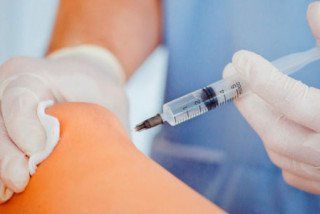
Tiêm Corticoid là một trong những phương pháp điều trị nội khoa sẹo lồi phổ biến nhất
However, doctors will consider several factors before surgical treatment with patients with keloids including: Family history, surgical site, wound type, infection status, skin color , the degree of skin tightening after surgery, the possibility of keloid recurrence.
Surgical excision: Keloid scars can be treated with surgical removal of the scar, which is usually used in cases of large scars. After excision, the doctor will sew up the wound and select a suitable piece of skin for grafting. Post-surgery with Interferon injection and careful and proper wound care help prevent keloids from recurring. Cryosurgery: Keloid scars can also be treated with cryosurgery with liquid nitrogen, usually applied to small scars. This method has the effect of causing capillary death and cell destruction, from which the scar tissue dies, collapses and peels off. If cryosurgery is combined with corticosteroid injection, the probability of success will be higher. However, this method reduces skin pigmentation in the long run.
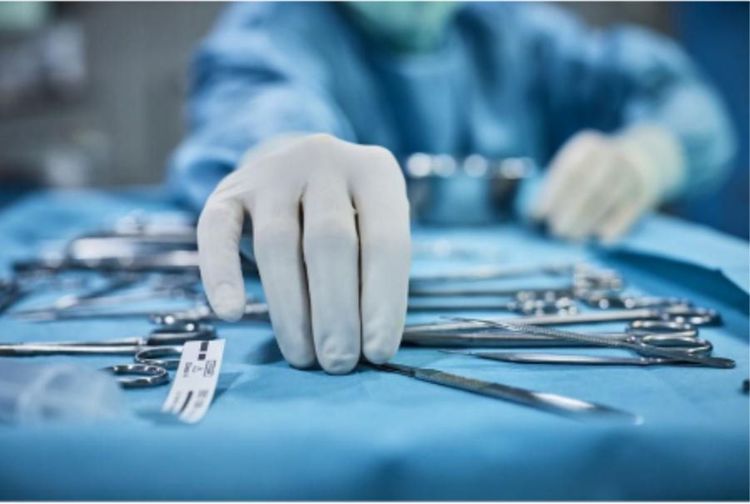
Bị sẹo lồi có thể được điều trị bằng phẫu thuật cắt bỏ sẹo, thường áp dụng với những trường hợp sẹo lớn
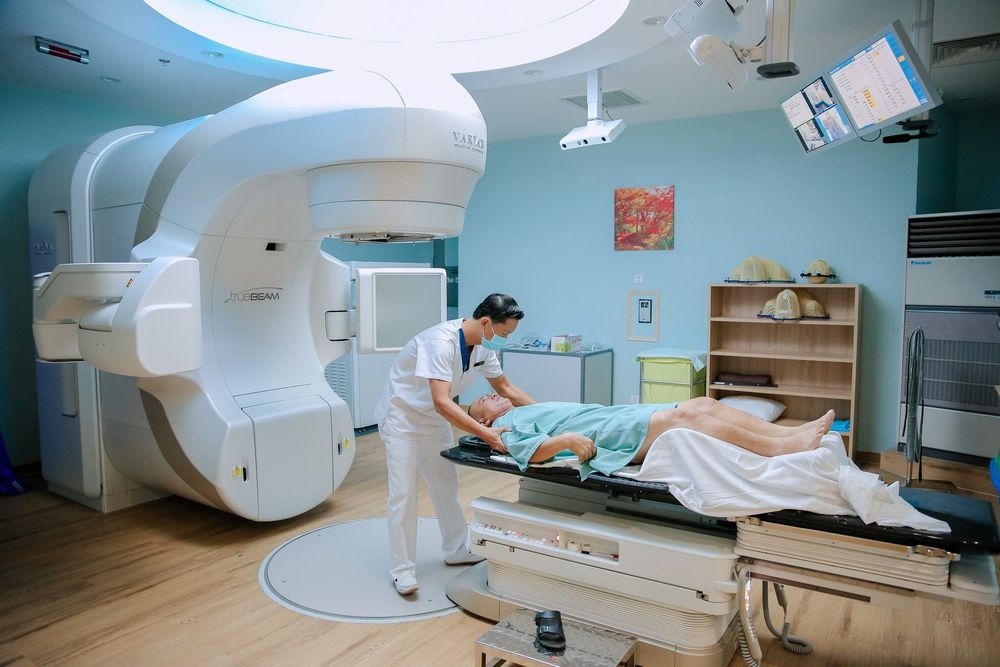
Bị sẹo lồi có thể được điều trị bằng xạ trị, sử dụng riêng biệt hoặc kết hợp với phẫu thuật cắt bỏ để phòng ngừa sẹo lồi tái phát
3. How to prevent keloids?
To prevent keloids from forming and not knowing how to get rid of keloids, proper care should be taken when injured in the skin according to the instructions given by a specialist, specifically:Use a bandage containing wax moist to cover the wound but avoid skin bandages. Apply light pressure to the wound by securing the bandage. The wound area covered with the bandage should always be clean to avoid infection. When the wound begins to heal, use a silicone gel pad to cover it. Persist in using gel pads so that keloids do not form and grow. In summary, keloid scars can be treated by many methods from medical to surgical depending on the size, location and nature of the scar. However, to be safe, everyone should go to a reputable hospital to be examined by a doctor and have the most appropriate treatment method.
Please dial HOTLINE for more information or register for an appointment HERE. Download MyVinmec app to make appointments faster and to manage your bookings easily.




